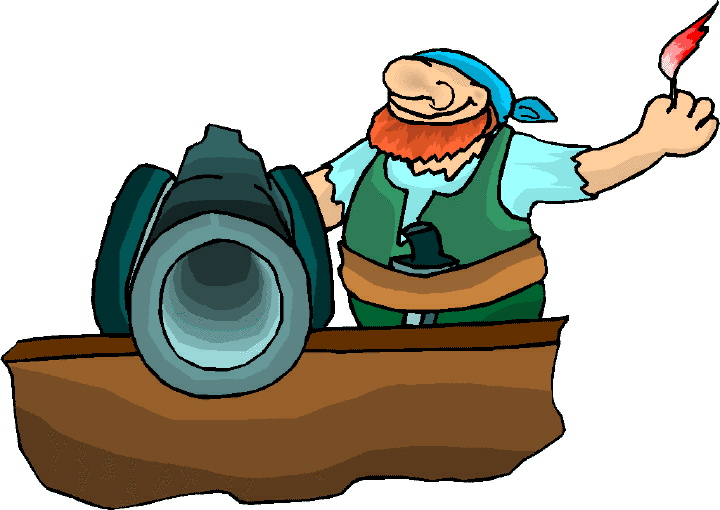 Pirates and Privateers Pirates and Privateers
The History of Maritime
Piracy
Cindy Vallar, Editor
& Reviewer
P.O. Box 425,
Keller, TX 76244-0425
    
Books for
Adults ~ History: Navy (United Kingdom)

What Ship, Where Bound? A
History of Visual Communication at Sea
by David Craddock
Seaforth, 2021, ISBN 978-1-5267-8483-4, US $17.95 / UK
£12.99
review by Irwin Bryan
    
Sails,
flags, flares, and lights have all been used to send
messages among ships. This is a wonderful book about
the origins and improvements to signaling ever since
man first went to sea. Each method is explained, and
others are also presented. All the illustrations and
pictures make this work visually stunning as well.
Timelines serve as a unifying theme among principal
sections of the book: Flag Signaling, Semaphore, and
Light Signaling. The use of flags has a history that
begins circa 450 BC with a quote from Herodotus, and
ends seven pages later in 1889. Many individuals
contributed to this process, including several
foreign naval officers and dignitaries. Ten
different sets of flags representing numbers are
also pictured together. The British Admiralty adopts
the first set of signal flags in 1665.
Visual communication involves “shapes, shutters and
semaphore.” This section discusses a new alphabet
developed for hand-held flag waving and mechanical
methods for “telegraphing” messages. The Admiralty
first erects signaling stations on land in 1795, and
some of their devices are still in use during World
War I.
Developments in signaling with light have a
nine-page timeline that begins in 1746 and ends in
1897, with a controversy about which signaling
method the Admiralty should choose. Included in this
history is the creation of Morse Code and how
messages can be spelled out one letter at a time
using plain English. A complete ship to shore
communication is presented to show how Morse Code is
sent and each message is acknowledged.
Other aspects of signaling are also covered: why and
how England’s national flag of St. George is
modified for Great Britain’s Union Jack to ensure
all will still recognize a Royal Navy vessel;
Nelson’s message to the fleet before the Battle of
Trafalgar; the way signals contribute to a collision
during fleet maneuvers; and present-day efforts to
improve signaling for warships at sea, including
automating the process and having signals look more
like text messages.
Notes about sources and quotations are found at the
end of the text. There is also a bibliography with
resources on the web and an index, not available in
the galley, is included in the published version.
Hundreds of illustrations accompany the text.
If you have ever wondered what the flags decorating
a docked ship are saying, or other examples of
signals encountered in daily life, this book has the
answer. Interesting and well told, What Ship,
Where Bound? is wholeheartedly recommended.
Review
Copyright ©2021 Irwin
Bryan

Click to contact me
Background image compliments
of Anke's Graphics |

